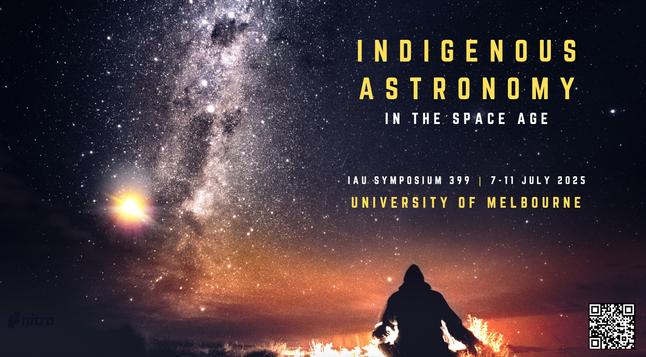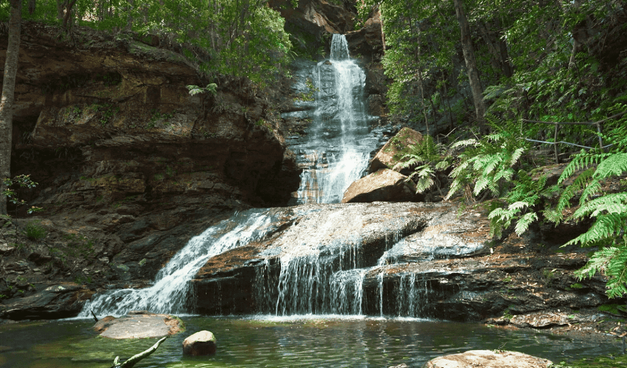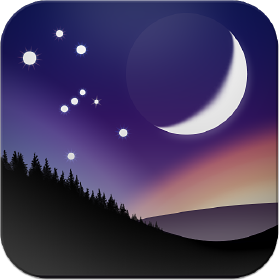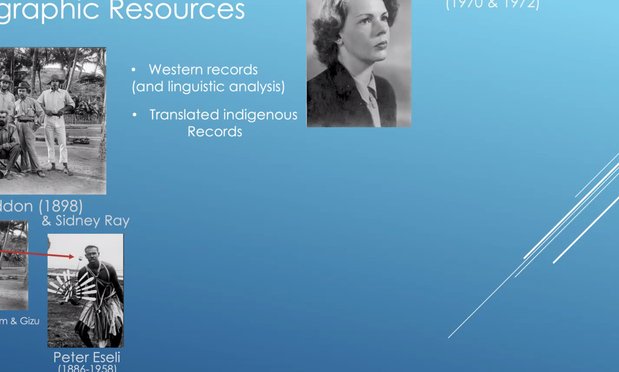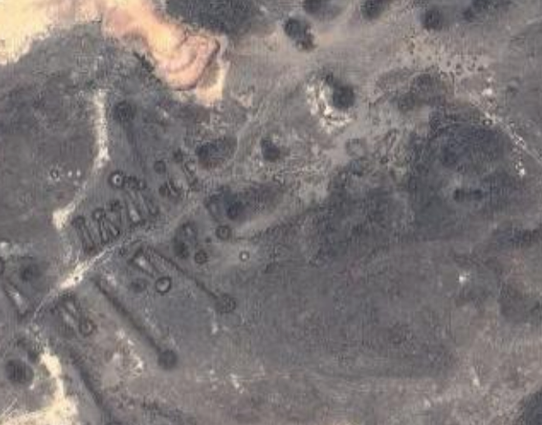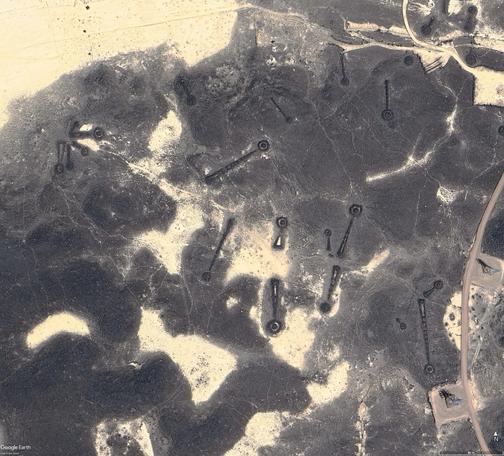I'm attending IAU Symposium 399: Indigenous Astronomy in the Space Age this week. I really REALLY wanted to go in person (watching stars with elders by Uluru??!! ohhhh that was hard to say no to. But 30 hours of travel each way and a lot of carbon made it a little easier...)
It's already Monday morning in Australia, so it's starting! I will miss a lot of this live due to the large time zone difference and family visiting this week, but I'll try to share a few highlights! #IAUS399
